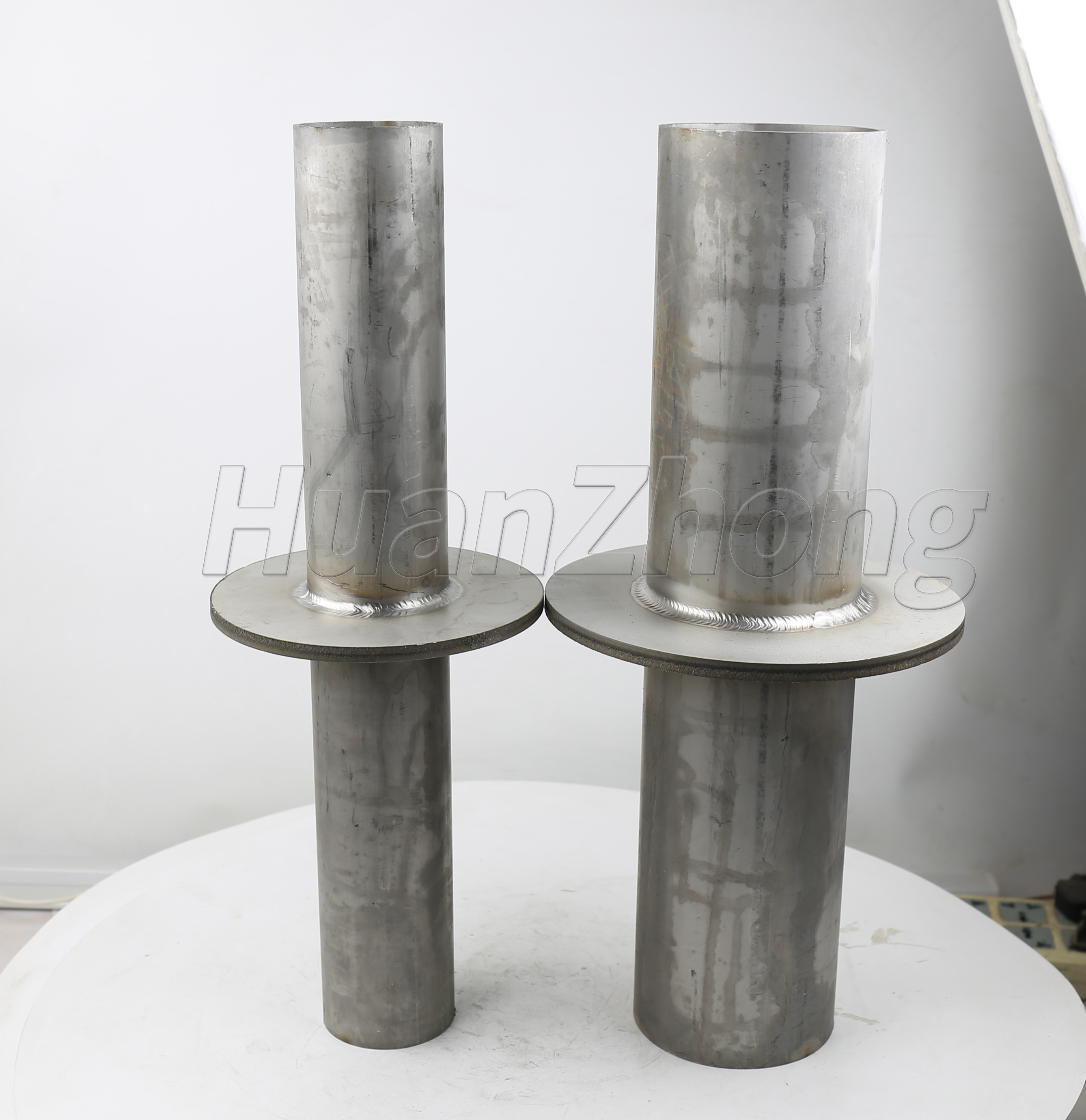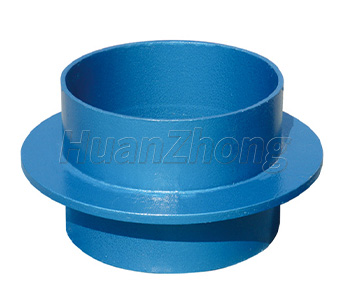Rigid waterproof casing pre-buried how to anti-corrosion treatment
Rigid waterproof casing pre-buried how to anti-corrosion treatment
Waterproof casing in the construction of the use of effective protection through the wall pipe and wall, but the building environment is humid, oxygen-rich, waterproof casing in the use of the process is easy to be acid corrosion, so the sealing and strength will be affected. To reduce, when we install waterproof casing, we must first do a good job of anti-corrosion treatment. Today's pipeline anti-corrosion technology is to prevent the pipeline from being corroded by soil, air and transmission medium (oil, natural gas, etc.). Most of the pipelines carrying oil and gas are in a complex soil environment and the transported media are mostly corrosive media, so corrosion may occur on both the inside and outside walls of the pipeline. Once the pipeline is corroded and perforated, it will cause oil and gas leakage, which will not only cause transportation interruption, but also pollute the environment, and may even cause fire and hazards.
Scope of application:
Applicable to civil and general industrial construction equipment, pipeline anti-corrosion construction operations. Metal in the surrounding medium to occur in the chemical and electrochemical effects caused by the destruction of the phenomenon. According to the part of the pipeline corrosion, can be divided into internal wall corrosion and external wall corrosion; according to the form of pipeline corrosion, can be divided into comprehensive corrosion and local corrosion; according to the mechanism of pipeline corrosion, can be divided into chemical corrosion and electrochemical corrosion.
The material selected for pipeline corrosion protection depends on the material of the main corrosion layer. Commonly used filling methods are petroleum asphalt seam, epoxy coal tar seam, tape seam, powder epoxy seam and PE heat-shrinkable seam. There are various methods such as material filling. If the main body of the pipe is a three-layer PE composite structure, the joint material is preferred to three-layer PE heat-shrinkable joint material. Single-layer epoxy powder coating can be used epoxy powder, tape primer and three-layer PE heat-shrinkable seam three filling methods.
Waterproof casing coating anti-corrosion:
After rust removal, the surface of the metal pipeline is uniformly and densely painted to isolate it from various corrosive media, which is one of the basic methods of pipeline corrosion protection. since the 1970s, laying pipelines in harsh environments such as polar regions and oceans, as well as heating and transporting oil to make the pipeline temperature rise, has put more demands on the coating performance. As a result, composite materials or composite structures are increasingly used in anti-corrosion coatings for pipelines. These materials and structures should have excellent dielectric properties, physical properties, stable chemical properties and a wide temperature range of:
Inner wall anti-corrosion coatings:
A thin film applied to the inner wall of a pipeline to prevent corrosion, reduce frictional resistance and improve throughput. The commonly used coatings are amine-cured epoxy resin and polyamide epoxy resin, with a coating thickness of 0.038-0.2 mm. To ensure that the coating is firmly bonded to the pipe wall, the inner wall of the pipe must be treated externally. Since the 1970s, the same material has been used for the coating of the inner and outer walls of the pipe, thus allowing simultaneous coating of the inner and outer walls of the pipe.
Anti-corrosion and insulation coatings:
On medium and small diameter pipelines carrying hot crude oil or fuel oil, a composite layer of insulation and corrosion protection is added to the pipeline to reduce heat loss from the pipeline to the soil. The commonly used insulation material is rigid polyurethane foam, and the applicable temperature of this special material is -185~95℃. This material is soft in texture. To improve its strength, a layer of high-density polyethylene is applied to the surface of the insulation layer to form a composite structure that prevents groundwater from penetrating into the insulation layer.

